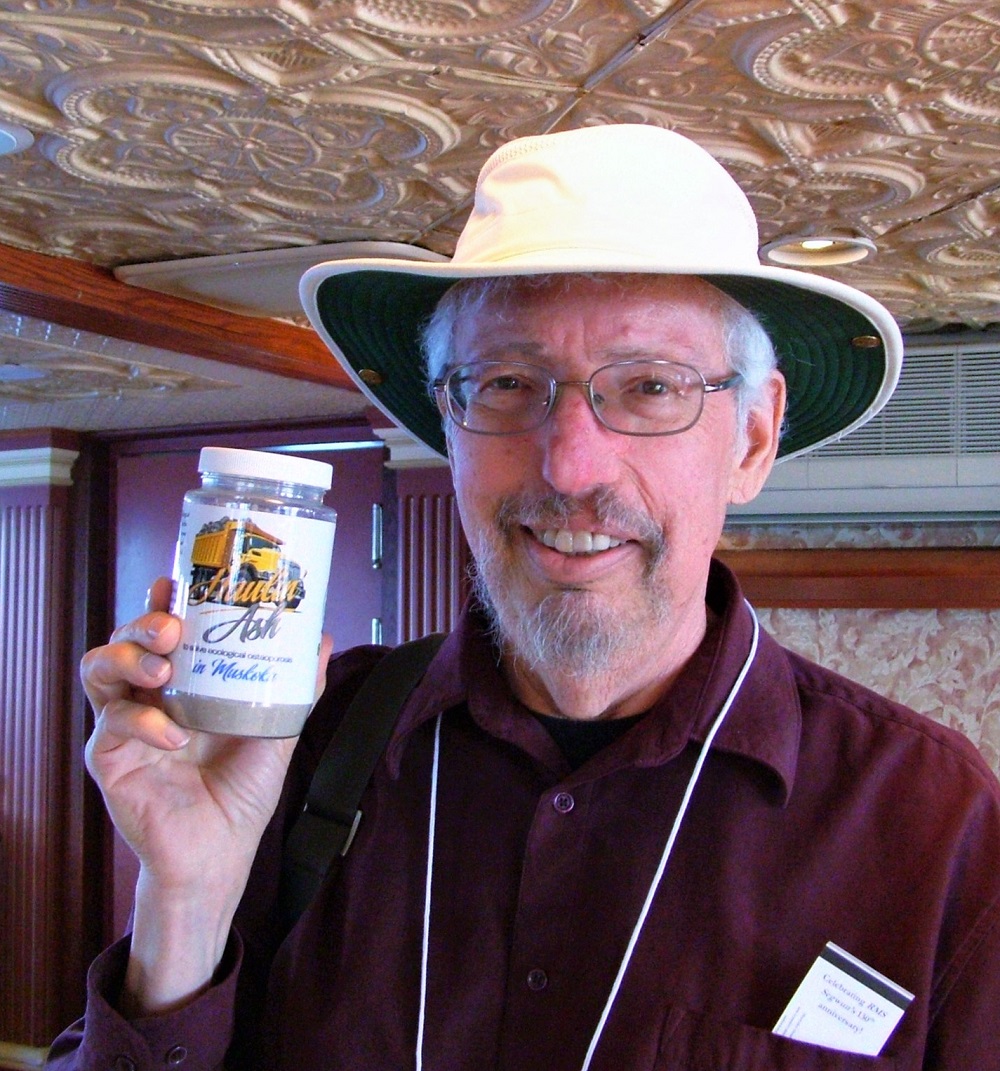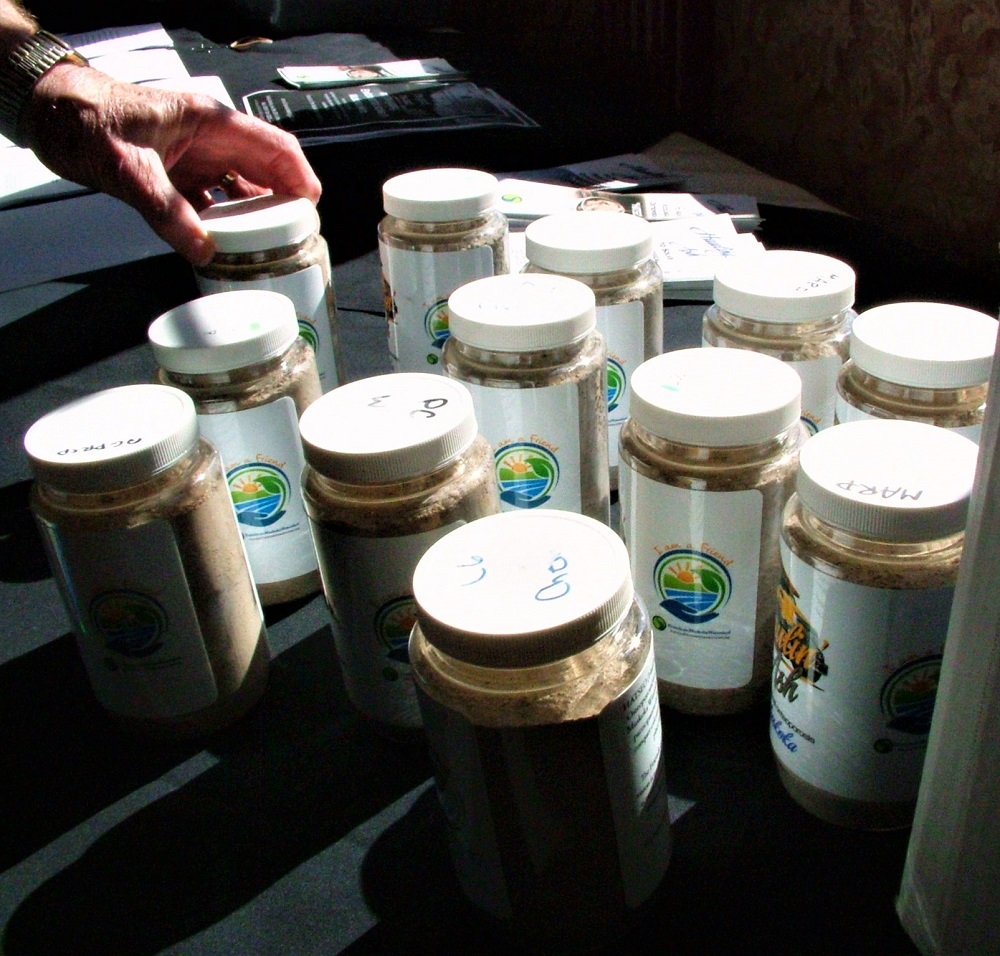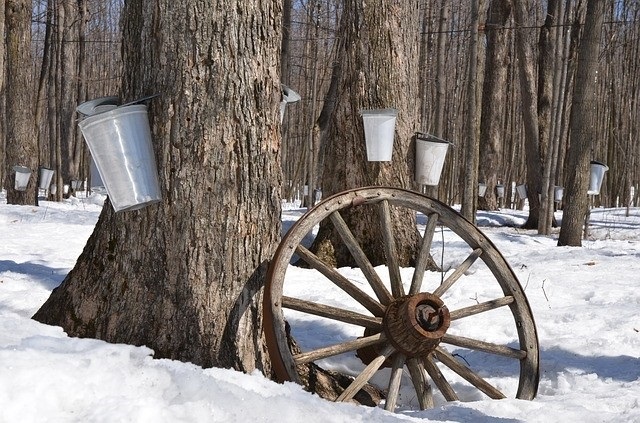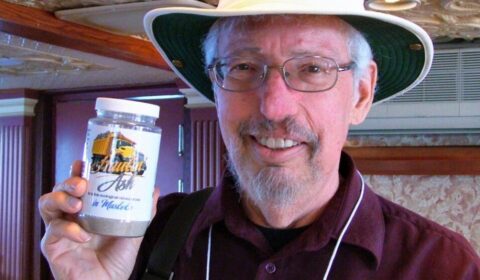WOOD ASH RECYCLING PROGRAM TO SAVE FORESTS, LAKES
MUSKOKA — It’s a burning issue among some local environmentalists who remember the last campaign against acid rain.
Restoring calcium levels in forest soils and lakes will help replenish the area’s dwindling supply of crayfish and maple sap, according to new research co-led by York University.
And implementing a new residential wood ash program is the way to do, it says.
A project well underway for at least two years, is encouraging people to save their “clean” wood ash to put it back into the lakes.

Calcium levels in soil and lakes are essential for the growth of all forms of life, but the levels across central Ontario are declining due to decades of acid rain, and it could take centuries for this calcium to rebuild on its own.
Researchers discovered that residential wood ash – a common household waste derived from wood-burning fireplaces and wood-fired ovens – was rich with the nutrients needed for restoring growth, including about 30 per cent calcium.
The study, published today in the journal FACETS, shows that adding controlled doses of cold residential wood ash to the watershed of Muskoka’s forests could help solve the calcium decline problem and boost forest growth.
“Calcium is an essential nutrient for all living things,” said Norman Yan, a senior scholar and professor emeritus of biology in the Faculty of Science, who co-led the study.
The well-known local scientist who has been studying the Muskoka Lakes for decades, says: “When you suffer from low calcium, you get osteoporosis and the ecosystem can suffer from osteoporosis as well. Many scientists have called this calcium decline problem ecological osteoporosis.”

Supplementing watershed soils with calcium-rich wood ash may also improve the region’s crayfish stock, water quality, seedling regeneration and sugar maple tree production of sap, used to make maple syrup.
“Lack of calcium has slowed the growth, reproduction and development of trees in Muskoka’s forests,” said Yan, chair of Friends of the Muskoka Watershed, a not-for-profit environmental organization that has conducted the research with York University, Dorset Environmental Science Centre, and Queen’s University.
While forest programs using industrial wood ash exist in areas of Europe such as Sweden, the use of the non-industrial residential wood ash has not been researched and tested until now, said the study co-author, Shakira Azan, a former post-doctoral biology student and research associate at York University.

“A lot of people in Muskoka burn wood for heat and some send it to the landfill so, by collecting and recycling their wood ash, we are diverting waste from landfills,” said Azan, an environmental project lead at Friends of the Muskoka Watershed.
The second phase of the research is AshMuskoka, a three-year pilot project which aims to be Canada’s first residential wood ash recycling program.
The project team, which launched in January, is working on securing 200 homeowners to donate their wood ash.
This fall, researchers will conduct small-scale wood ash additions to test dosage needs, develop tools to identify site-specific doses, and determine the benefits and harm of residential wood ash applications. The first test site will be three sugar bushes in Muskoka, where maple syrup producers are eager to see if the controlled doses will restore the bushes to good health and yield maple sap.
Friends of the Muskoka Watershed is working on the project with nine Canadian partners – including Trent University, University of Victoria, Laurentian University, Ontario Maple Syrup Producers Association and York University’s Learning for a Sustainable Future.
BACKGROUND:
York University champions new ways of thinking that drive teaching and research excellence.
Students receive the education they need to create big ideas that make an impact on the world. Meaningful and sometimes unexpected careers result from cross-disciplinary programming, innovative course design and diverse experiential learning opportunities.
York students and graduates push limits, achieve goals and find solutions to the world’s most pressing social challenges, empowered by a strong community that opens minds.
York U is an internationally recognized research university – our 11 faculties and 25 research centres have partnerships with 200+ leading universities worldwide. Located in Toronto, York is the third largest university in Canada, with a strong community of 53,000 students, 7,000 faculty and administrative staff, and more than 300,000 alumni.
York U’s fully bilingual Glendon Campus is home to Southern Ontario’s Centre of Excellence for French Language and Bilingual Postsecondary Education.
